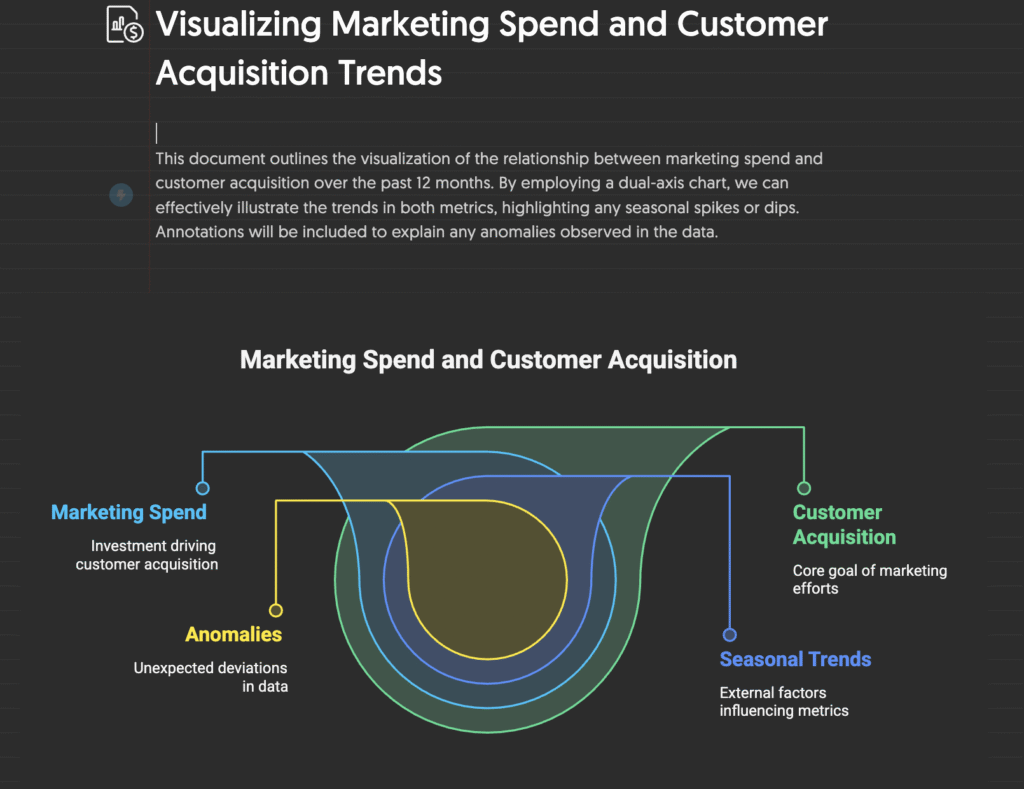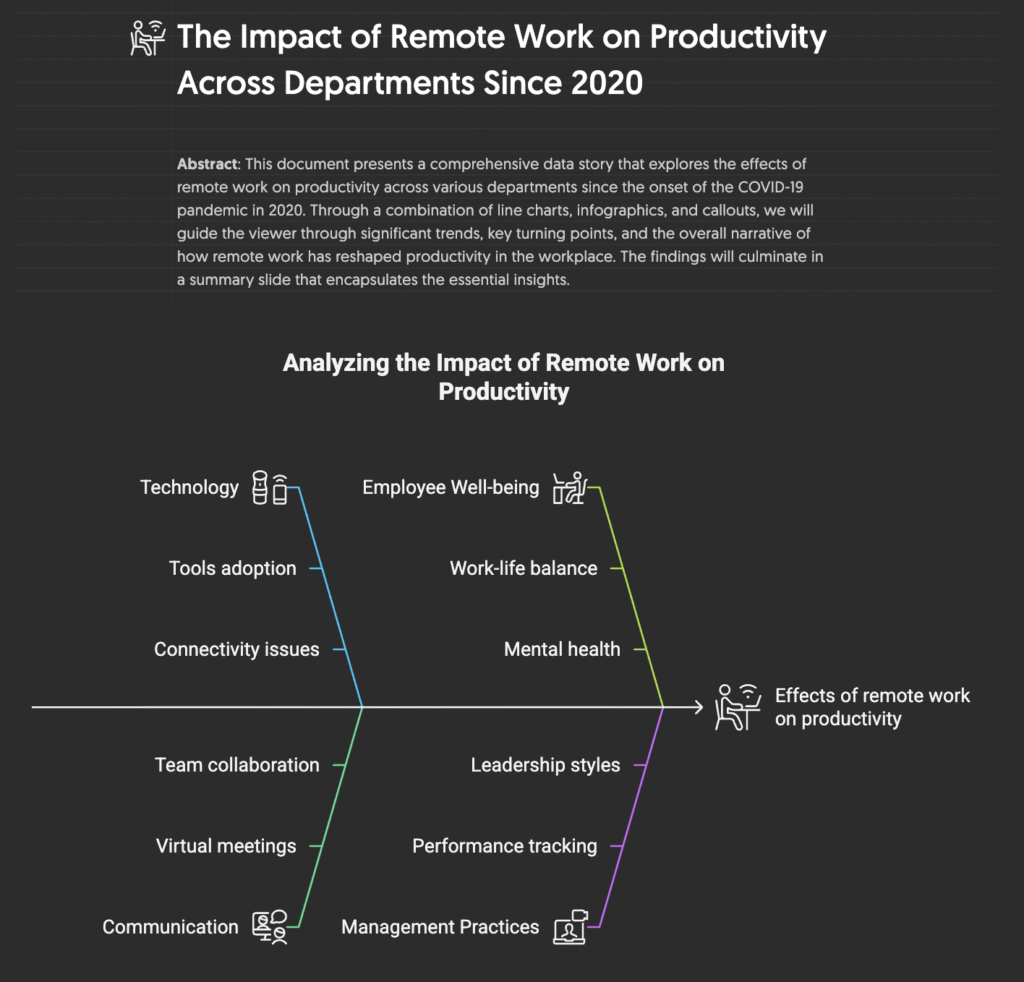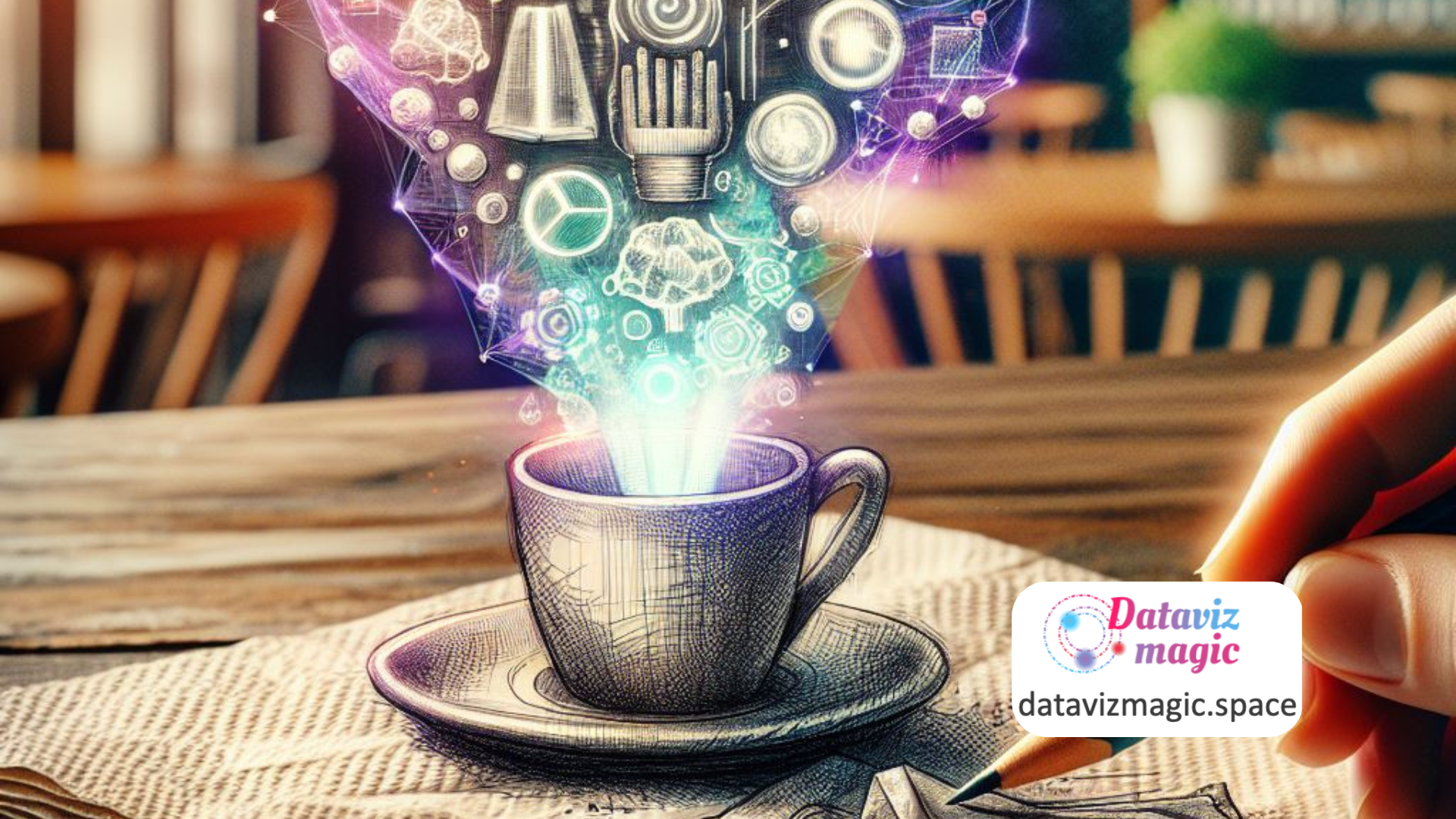We live in an era where the speed of information demands more than just words. Amid presentations, reports, social media, and brainstorming sessions, communicating ideas clearly and impactfully has become a daily challenge. This is where Napkin AI comes in—a platform that transforms text into intelligent, intuitive, and ready-to-use visualizations.

The name “Napkin” evokes the simplicity of a sketch scribbled on a napkin—that quick, spontaneous idea that needs to be captured before it disappears. But what the platform offers goes far beyond a rough draft: it turns concepts into infographics, mind maps, flowcharts, and professional-quality diagrams in just a few clicks.
Napkin’s mission is clear: to democratize the power of visualization. You don’t need to be a designer or master complex tools. Just paste your text, and the platform’s artificial intelligence takes care of generating the most suitable visual representations. The user selects, edits, and exports—simple as that.
This simplicity, however, hides remarkable technical sophistication. Napkin uses language models and design algorithms to interpret textual content and suggest visual structures that are coherent, aesthetically balanced, and adaptable to various contexts—from corporate presentations to social media posts.
The impact is profound. By automating visual creation, Napkin frees up time and creative energy. Marketing professionals, teachers, managers, and students can focus on content while the platform handles the form. It’s a quiet revolution in how we think and share ideas.

More than a tool, Napkin is an invitation to visual storytelling. It reminds us that images are not just illustrations—they are ways of thinking. A good diagram can reveal hidden relationships, a mind map can organize chaos, a chart can turn data into decisions. To visualize is to understand.
The platform also stands out for its customization. The generated visuals are fully editable: users can change icons, adjust colors, modify fonts, and rearrange elements with ease. This ensures that every creation reflects the user’s identity without sacrificing the efficiency of automation.
Another highlight is its export versatility. Content can be saved in formats like .ppt, .png, .pdf, and .svg, ready to be inserted into presentations, documents, blogs, or social media. Napkin doesn’t just create—it integrates, connects, and amplifies the reach of ideas.
What makes Napkin even more relevant is its commitment to creative accessibility. By enabling anyone—even without visual training—to create impactful content, it breaks down barriers and empowers voices. In a world where attention is won second by second, that’s gold.

The company’s mission is clear: to bring the power of visuals into conversations that were once only textual. And this has deep implications for education, corporate communication, journalism, and even politics. After all, those who master visual storytelling often master attention—and action.
Napkin also represents a new phase of artificial intelligence: not just functional, but expressive. It shows that AI can be a creative ally, not a replacement. It can suggest, structure, inspire—while always leaving room for human touch, choice, and intention.
In this sense, the platform aligns with a broader trend: co-creation between humans and machines. Instead of fearing automation, Napkin invites us to embrace it as an extension of thought—a tool that expands, accelerates, and enriches the creative process.

By turning text into image, Napkin also transforms how we think. It invites us to move beyond the linearity of writing and into the spatiality of design. To see connections, hierarchies, flows. To think with our eyes.
Ultimately, Napkin AI is not just a visualization platform. It’s a new way of thinking, communicating, and creating. A reminder that in a world saturated with words, sometimes all it takes is a clear, beautiful, precise image to make an idea shine.
#datavizmagic #datavizshow #datastorytelling #datavisualization

